Since the Download free Modern digital and analog communication systems by Lathi and Ding fifth ( 5th ) edition solutions manual pdf publication of the fourth edition, we have continued to be astounded by the remarkable progress of digital revolution made possible by advanced telecommunication technologies. Within one decade, smartphones and smartphone applications have changed the lives of billions of people. Furthermore, there is little doubt that the next wave of digital revolution, likely centered around transformative technologies in machine learning, data mining, Internet of things, and artificial intelligence, shall continue to drive the development of novel communication systems and applications. for download solution manual click here.
Click Below link To Download file
Modern digital and analog communication systems by Lathi and Ding fifth edition solutions
Modern digital and analog communication systems by Lathi and Ding fifth edition solutions
It is Download free Modern digital and analog communication systems by Lathi and Ding fifth ( 5th ) edition solutions manual pdf therefore a good time for us to deliver a new edition of this textbook by integrating major new technological advances in communication systems. This fifth edition contains major updates to incorporate recent technological advances of telecommunications. As engineering students become more and more aware of the important role that communication systems play in the modern society, they are increasingly motivated to learn through experimenting with solid, illustrative examples. To captivate students’ attention and stimulate their imaginations, this new edition places strong emphasis on connecting fundamental concepts of communication theory to their daily experiences of communication technologies.
We provide highly relevant information on the operation and features of wireless cellular systems, Wi-Fi network access, and broadband Internet services, among others. Major Revisions and Additions A number of major changes are motivated by the need to emphasize the fundamentals of digital communication systems that have permeated our daily lives. Instead of traditional approaches that disproportionally drill on the basics of analog modulation and demodulation, this new edition shifts the major focus onto the theory and practice of the broadly deployed digital communication systems.
Specifically
after introducing the important tools of Fourier analysis in Chapter 2 and Chapter 3, only a single chapter (Chapter 4) is devoted to the analog amplitude and angle modulations. The authors expect most students to be far more interested in digital systems that they use daily and to be highly motivated to master the state-of-the-art digital communication technologies in order to contribute to future waves of the digital revolution. One of the major goals in writing this new edition is to make learning a gratifying or at least a less intimidating experience for students by presenting the subject in a clear, understandable, and logically organized manner. To enhance interactive learning, this new edition has updated a number of computer-based experimental practices that are closely tied to the fundamental concepts and examples in the main text. Students can further strengthen their understanding and test their own designs through numerical experimentation based on the newly included computer assignment problems following each major chapter.
Every effort has been made to deliver insights—rather than just derivations—as well as heuristic explanations of theoretical results wherever possible. Many examples are provided for further clarification of abstract results. Even a partial success in achieving this stated goal would make all our efforts worthwhile.








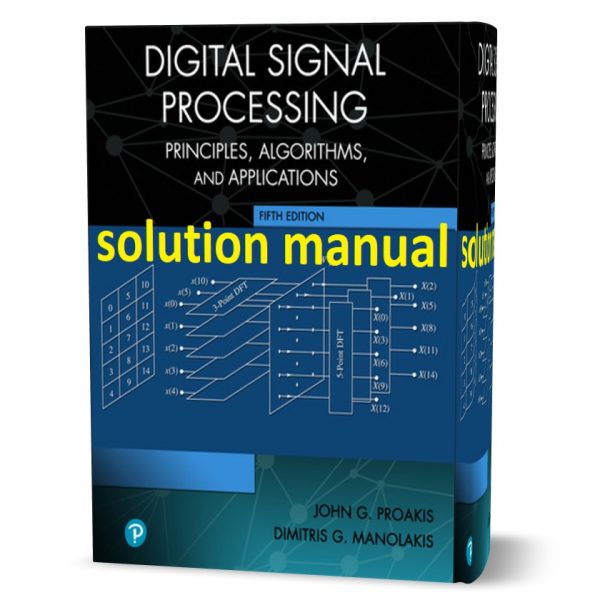



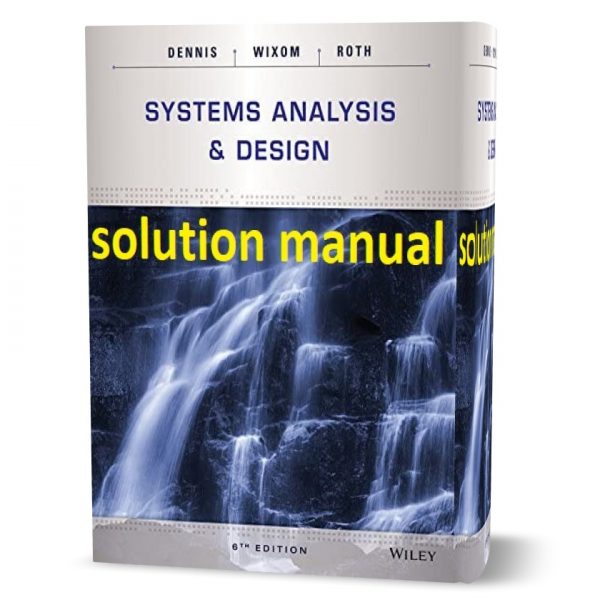
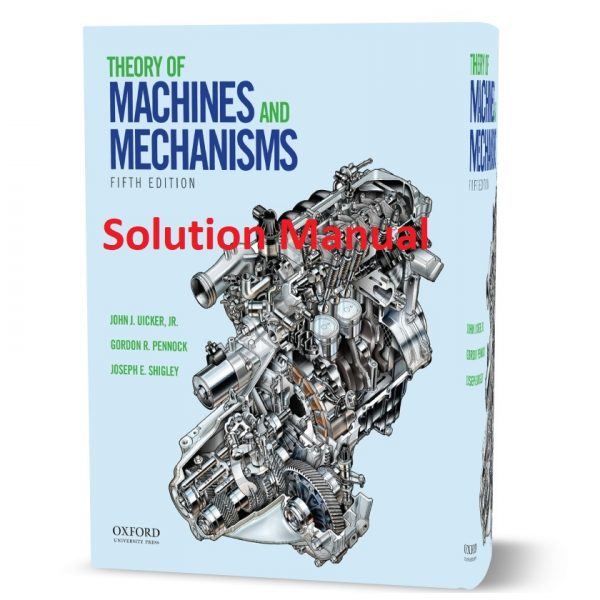
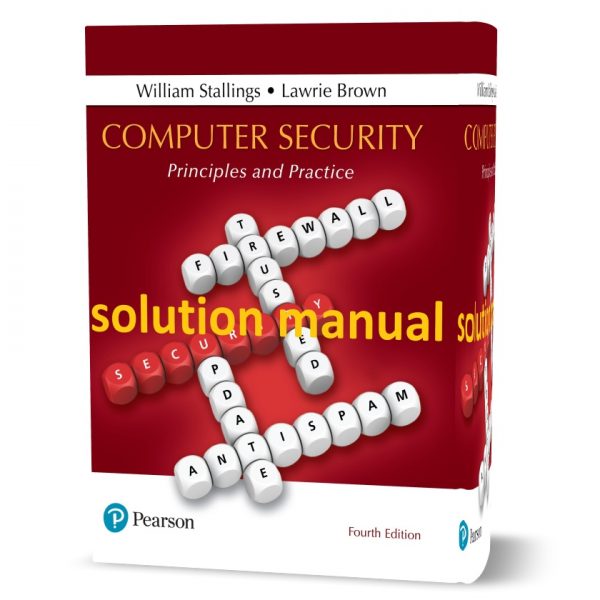

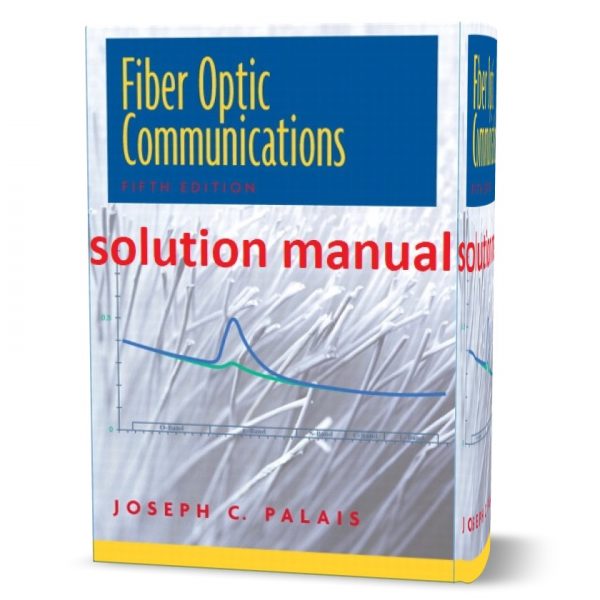


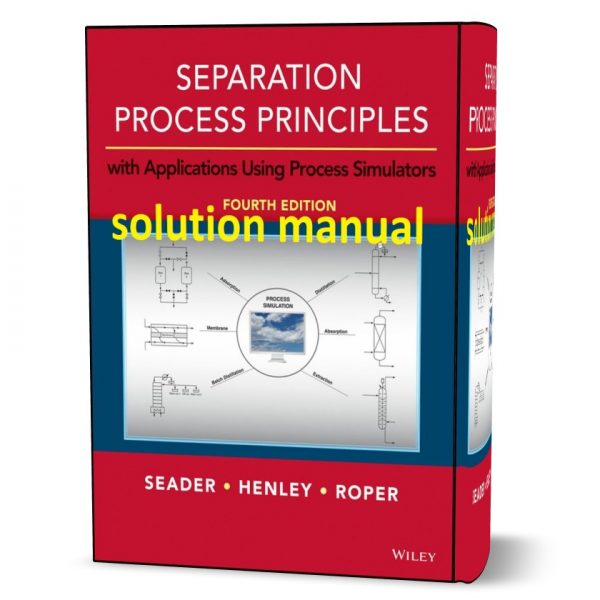
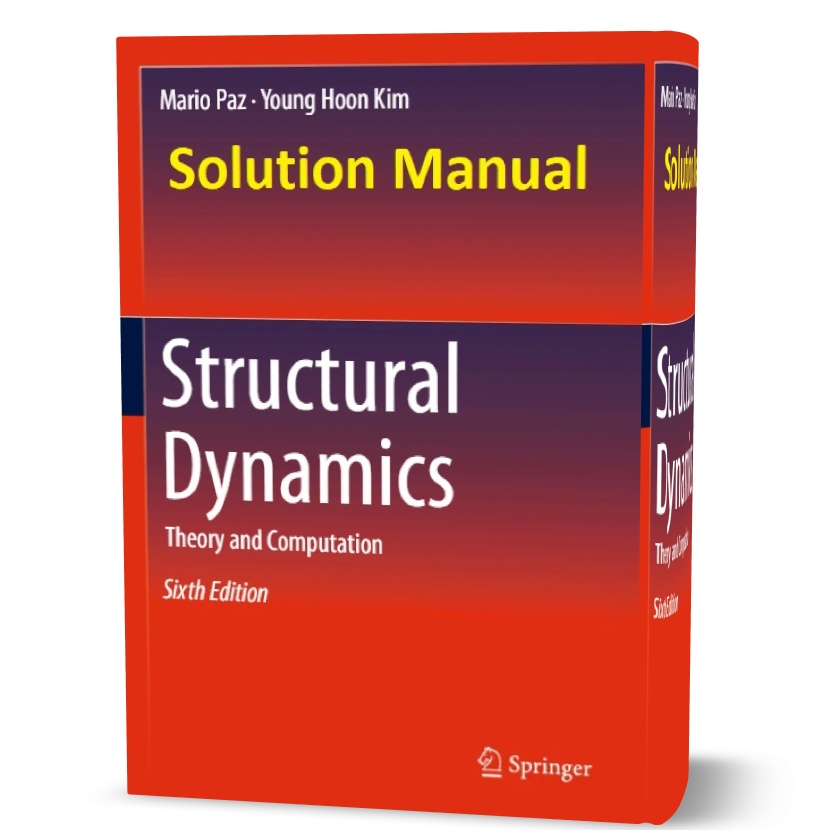 solution manual of Structural Dynamics : Theory and Computation 6th edition by Mario Paz book in pdf format | solutions
solution manual of Structural Dynamics : Theory and Computation 6th edition by Mario Paz book in pdf format | solutions Elasticity theory applications and numerics 2nd edition written by Sadd solution manual eBook pdf | solutions
Elasticity theory applications and numerics 2nd edition written by Sadd solution manual eBook pdf | solutions solution manual of mechanics of fluids 4th edition by Irving Shames book in pdf format | solutions
solution manual of mechanics of fluids 4th edition by Irving Shames book in pdf format | solutions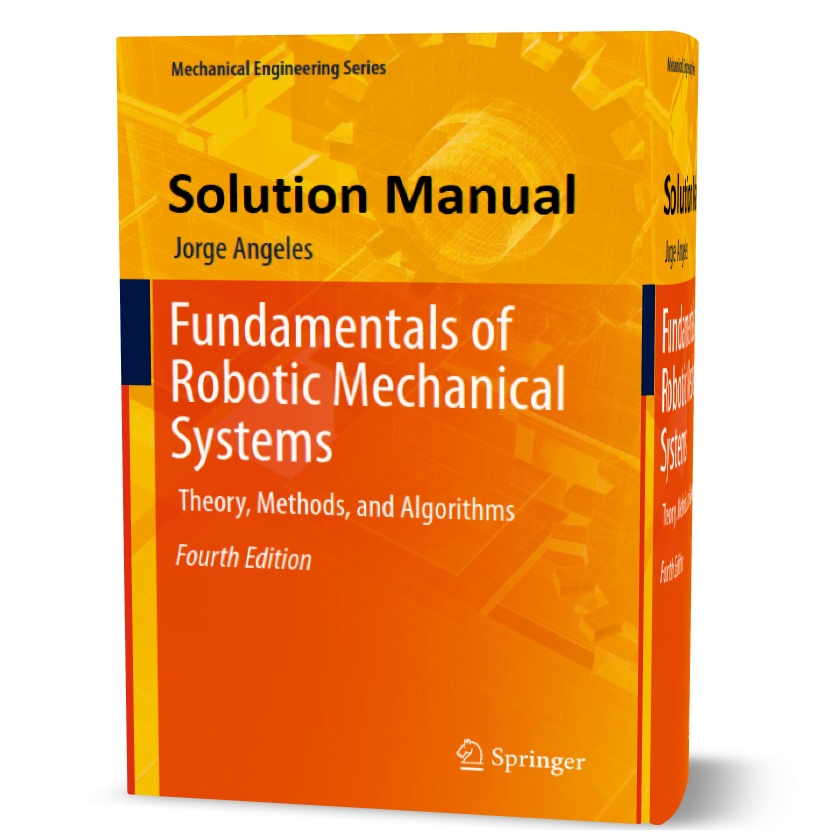 Fundamentals of Robotic Mechanical Systems : Theory , Methods , and Algorithms 4th edition Solutions manual pdf | solution
Fundamentals of Robotic Mechanical Systems : Theory , Methods , and Algorithms 4th edition Solutions manual pdf | solution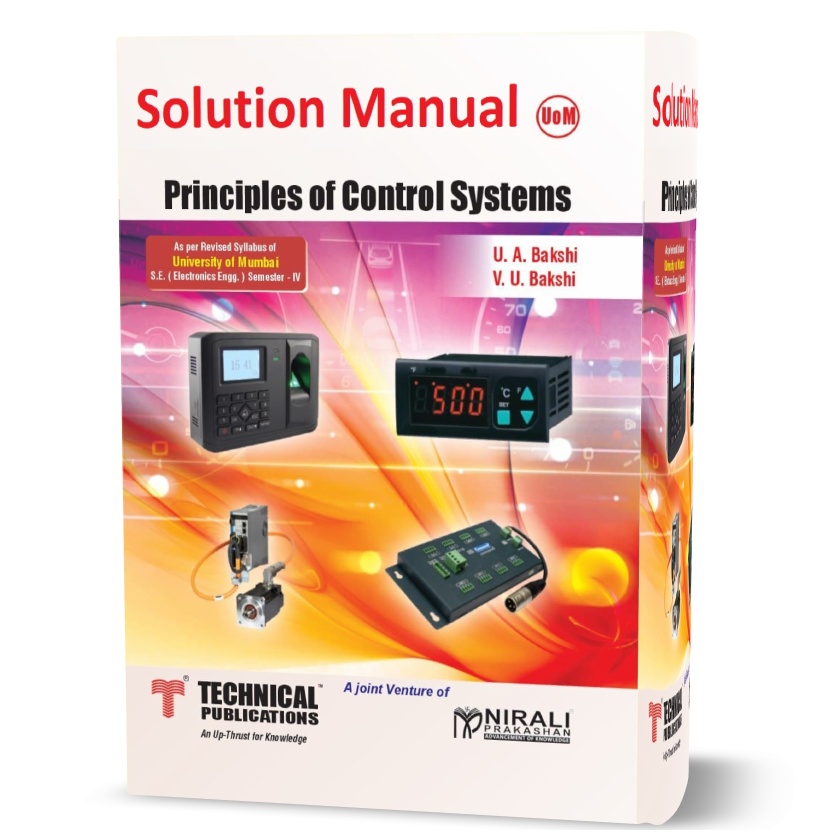 Principle of Control System solution manual written by Bakshi eBook in pdf format | free eBook reference
Principle of Control System solution manual written by Bakshi eBook in pdf format | free eBook reference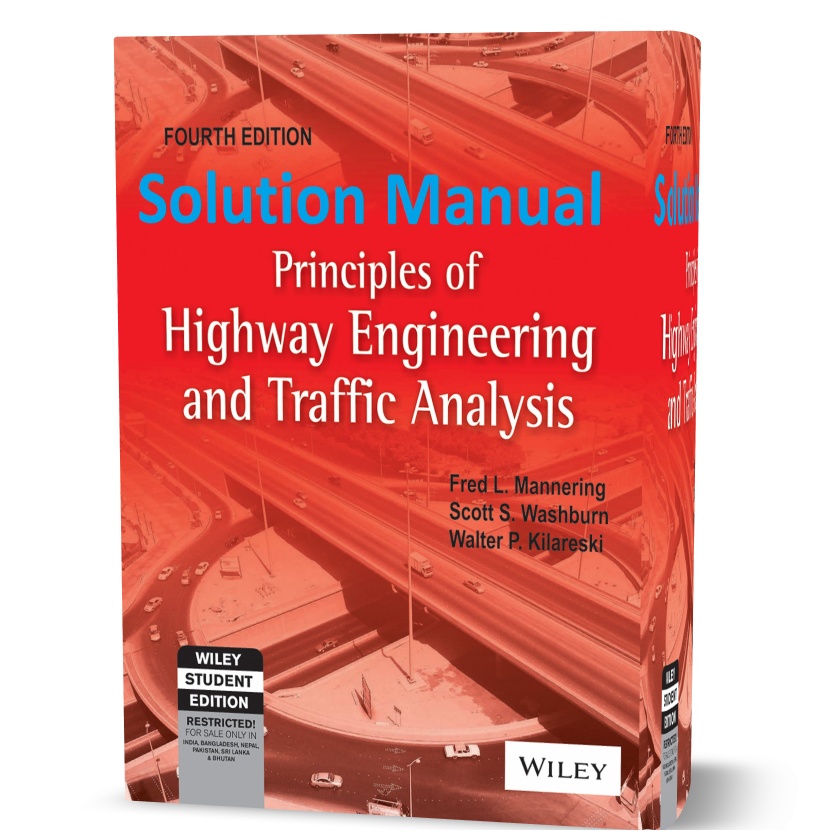 principles of highway engineering and traffic analysis 4th edition solutions manual by Mannering pdf
principles of highway engineering and traffic analysis 4th edition solutions manual by Mannering pdf Fundamentals of Chemical Engineering Thermodynamics solution manual written by Kevin D. Dahm eBook pdf | solutions
Fundamentals of Chemical Engineering Thermodynamics solution manual written by Kevin D. Dahm eBook pdf | solutions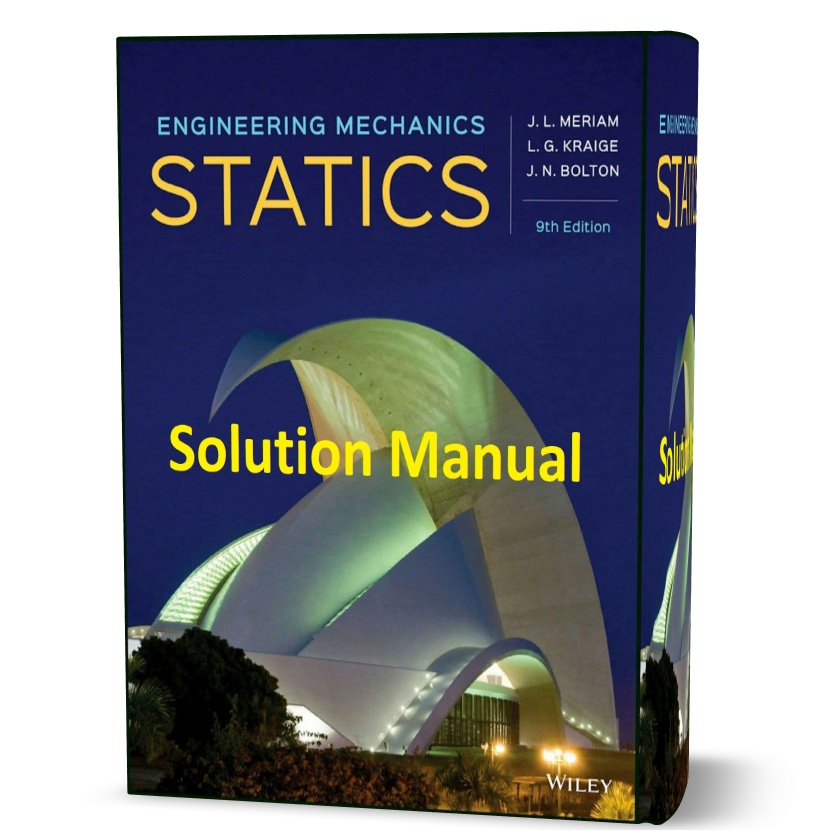 engineering mechanics statics 9th edition solutions pdf
engineering mechanics statics 9th edition solutions pdf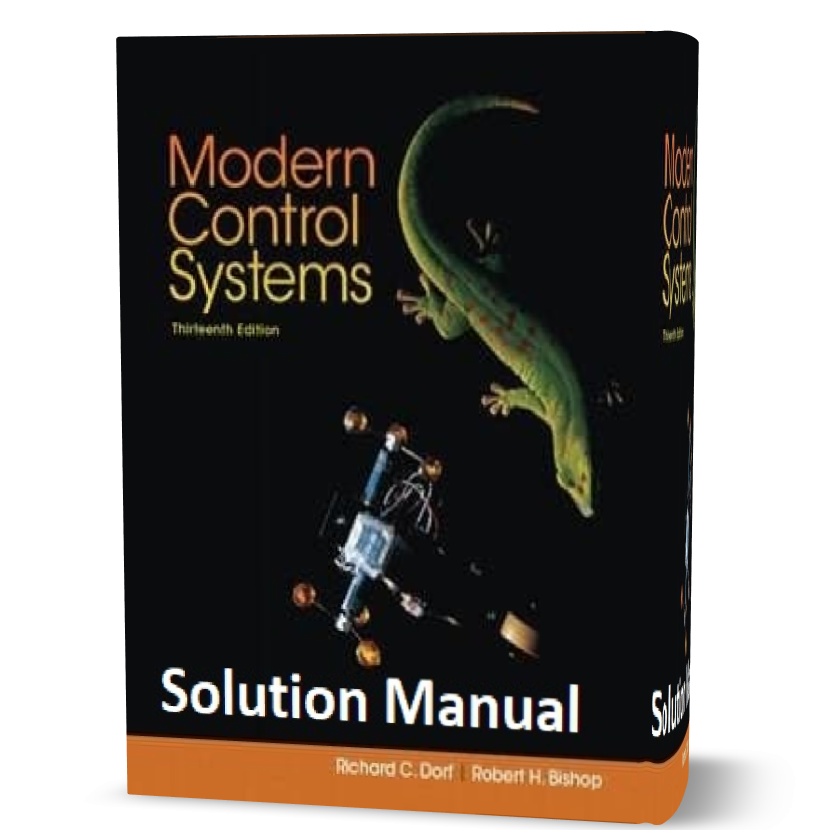 Modern Control Systems Solution Manual 13th edition written by Richard Dorf , Robert H. Bishop eBook pdf | chapter solutions
Modern Control Systems Solution Manual 13th edition written by Richard Dorf , Robert H. Bishop eBook pdf | chapter solutions Solution Manual of Fox and Mcdonalds Introduction to Fluid Mechanics 9th edition by Pritchard eBook in pdf format | solution
Solution Manual of Fox and Mcdonalds Introduction to Fluid Mechanics 9th edition by Pritchard eBook in pdf format | solution

